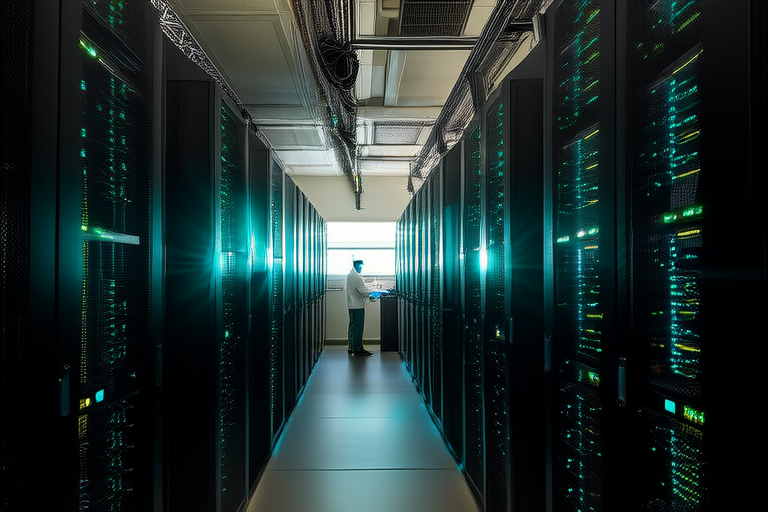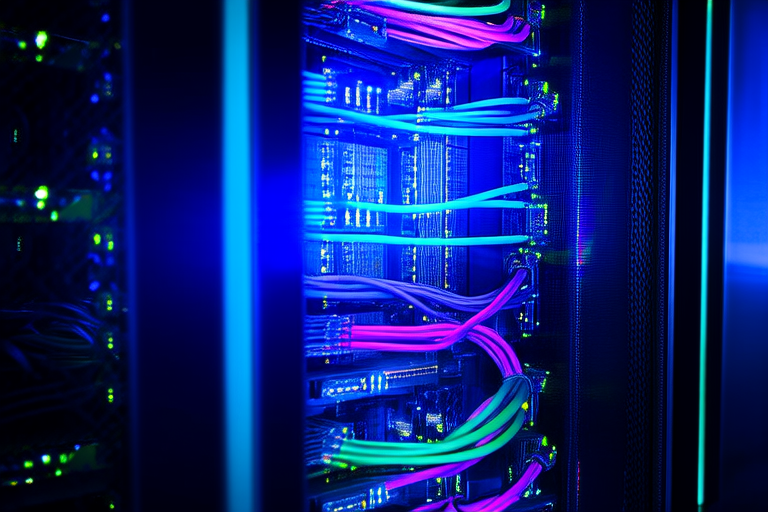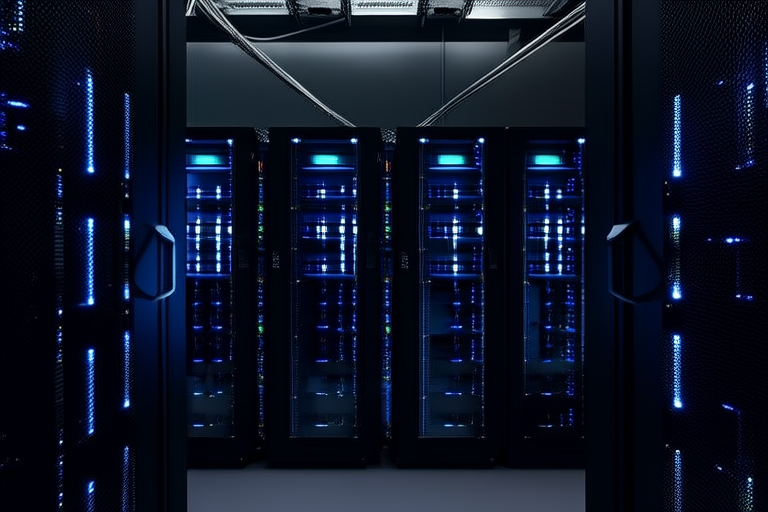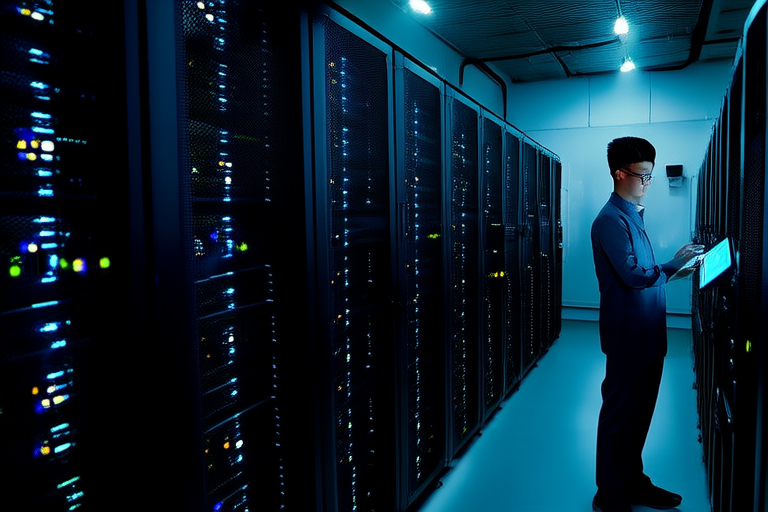How Cloud and Edge Computing Are Shaping the Future of IoT
Introduction
The Internet of Things (IoT) has emerged as a transformative force across industries, connecting billions of devices to gather, process, and act on data in real time. From smart homes to industrial automation, IoT is reshaping how we interact with technology and the world around us. However, the success of IoT hinges on two critical technologies: cloud computing and edge computing. These complementary paradigms enable IoT systems to operate efficiently, securely, and at scale. This article explores the roles of cloud and edge computing in IoT, their individual strengths, and how they work together to unlock the full potential of connected ecosystems.
The Role of Cloud Computing in IoT
Cloud computing serves as the backbone of many IoT deployments, offering centralized storage, processing power, and advanced analytics capabilities. By leveraging the vast resources of the cloud, organizations can collect and analyze massive volumes of data generated by IoT devices, enabling insights that drive innovation and efficiency.
Strengths of Cloud Computing in IoT
- Scalability: The cloud provides virtually unlimited storage and computational capacity, allowing IoT systems to scale seamlessly as the number of connected devices grows.
- Data Analytics: Advanced machine learning and artificial intelligence algorithms hosted in the cloud can process IoT data to uncover patterns, predict trends, and optimize operations.
- Centralized Management: Cloud platforms enable centralized control over IoT devices, simplifying tasks such as firmware updates, monitoring, and troubleshooting.
A prime example of cloud computing in action is smart city initiatives. Municipalities use cloud-based platforms to aggregate data from sensors monitoring traffic, air quality, and energy usage. This centralized approach allows city planners to make data-driven decisions that improve urban living conditions.
The Role of Edge Computing in IoT
While cloud computing excels at handling large-scale data processing, edge computing brings computation closer to the source of data generation. By performing data analysis directly on or near IoT devices, edge computing addresses several limitations of cloud-centric architectures, particularly in scenarios where real-time responsiveness is critical.
Strengths of Edge Computing in IoT
- Reduced Latency: By processing data locally, edge computing minimizes delays, making it ideal for applications like autonomous vehicles and industrial robotics where split-second decisions are crucial.
- Bandwidth Efficiency: Transmitting only relevant data to the cloud reduces network congestion and lowers bandwidth costs, a significant advantage in environments with limited connectivity.
- Enhanced Security: Keeping sensitive data localized minimizes exposure to cyber threats, ensuring greater privacy and compliance with regulatory requirements.
One notable application of edge computing is in healthcare. Wearable medical devices equipped with edge capabilities can monitor patients’ vital signs in real time, alerting caregivers to anomalies without relying on constant cloud connectivity. This ensures timely interventions while protecting patient confidentiality.
How Cloud and Edge Computing Complement Each Other
Rather than competing, cloud and edge computing form a symbiotic relationship that enhances the overall functionality of IoT systems. Together, they address the diverse needs of modern IoT deployments, balancing the advantages of centralized and decentralized processing.
Optimized Workflows
In a hybrid model, edge devices handle immediate, time-sensitive tasks, while the cloud manages long-term analytics and strategic decision-making. For instance, in smart manufacturing, edge nodes might monitor equipment performance and trigger maintenance alerts in real time. Simultaneously, the cloud aggregates historical data to identify trends and optimize production schedules.
Improved Resilience
By distributing processing between the cloud and the edge, IoT systems become more resilient to disruptions. If cloud connectivity is lost, edge devices can continue functioning autonomously until the connection is restored. This redundancy is particularly valuable in remote locations or during natural disasters.
Cost Efficiency
Edge computing reduces the volume of data transmitted to the cloud, lowering associated costs. Meanwhile, the cloud’s economies of scale ensure cost-effective storage and processing for less urgent tasks. This dual approach optimizes resource allocation and maximizes return on investment.
Key Benefits of Combining Cloud and Edge Computing
The integration of cloud and edge computing offers numerous benefits that propel IoT adoption and innovation. Below are some of the most significant advantages:
Improved Efficiency
By offloading routine tasks to edge devices, the cloud can focus on high-value activities such as predictive modeling and business intelligence. This division of labor streamlines operations and accelerates decision-making.
Reduced Latency
Edge computing ensures that latency-sensitive applications operate smoothly, even in environments with unreliable internet access. For example, augmented reality (AR) applications rely on edge processing to deliver immersive experiences without lag.
Enhanced Security
Localized data processing minimizes the risk of breaches during transmission. Additionally, edge devices can implement encryption and authentication protocols independently, adding an extra layer of protection.
Scalability
The combination of cloud and edge computing supports scalable IoT ecosystems. As new devices are added, edge nodes can manage increased data loads locally, while the cloud scales horizontally to accommodate growing demands.
Real-World Use Cases
To illustrate the impact of cloud and edge computing in IoT, consider the following examples:
Smart Agriculture
Farmers use IoT sensors to monitor soil moisture, weather conditions, and crop health. Edge devices process this data on-site to automate irrigation systems and provide instant feedback. Meanwhile, the cloud analyzes aggregated data to recommend planting strategies and forecast yields.
Retail Automation
Smart shelves equipped with edge-enabled cameras detect inventory levels and customer interactions in real time. The cloud processes this information to generate insights into purchasing behavior, enabling retailers to optimize stock management and personalize marketing campaigns.
Industrial IoT
In oil and gas exploration, edge computing enables remote drilling rigs to operate autonomously by analyzing sensor data locally. The cloud then integrates this data with historical records to predict equipment failures and schedule preventive maintenance.
Conclusion
As IoT continues to evolve, the synergy between cloud and edge computing will play a pivotal role in shaping its future. Each technology brings unique strengths to the table, addressing challenges related to scalability, latency, security, and efficiency. By combining these approaches, organizations can create robust IoT ecosystems capable of delivering transformative outcomes across industries. Whether it’s optimizing supply chains, enhancing patient care, or revolutionizing agriculture, the collaborative power of cloud and edge computing ensures that IoT remains a driving force behind innovation and progress. As adoption grows, businesses must embrace this dual architecture to fully harness the potential of the connected world.




